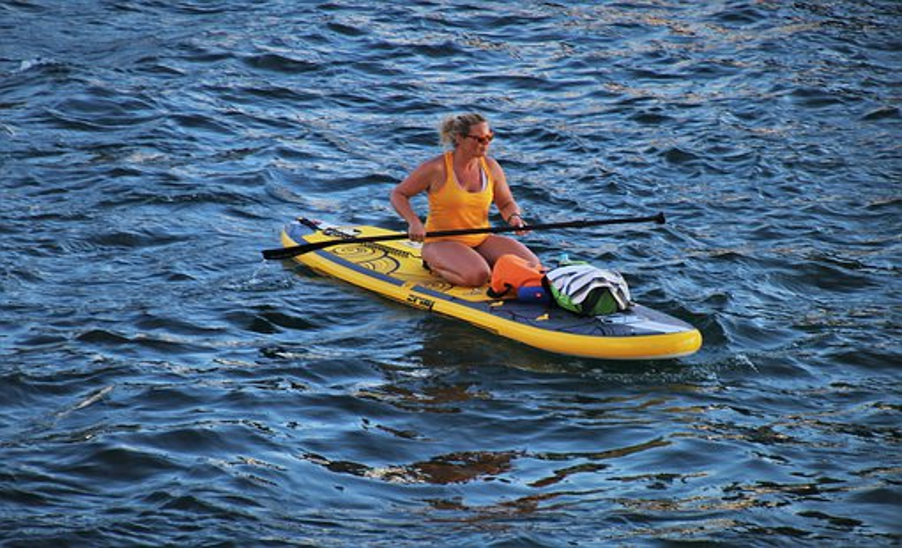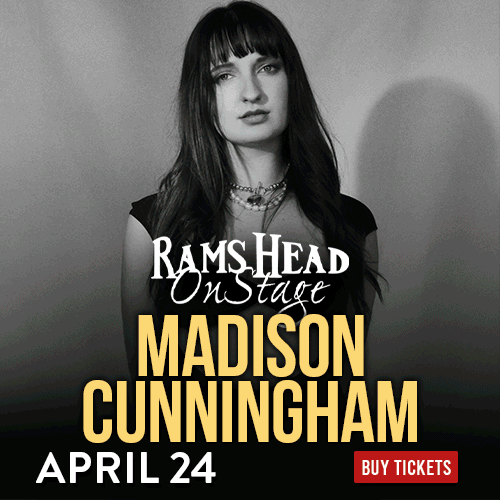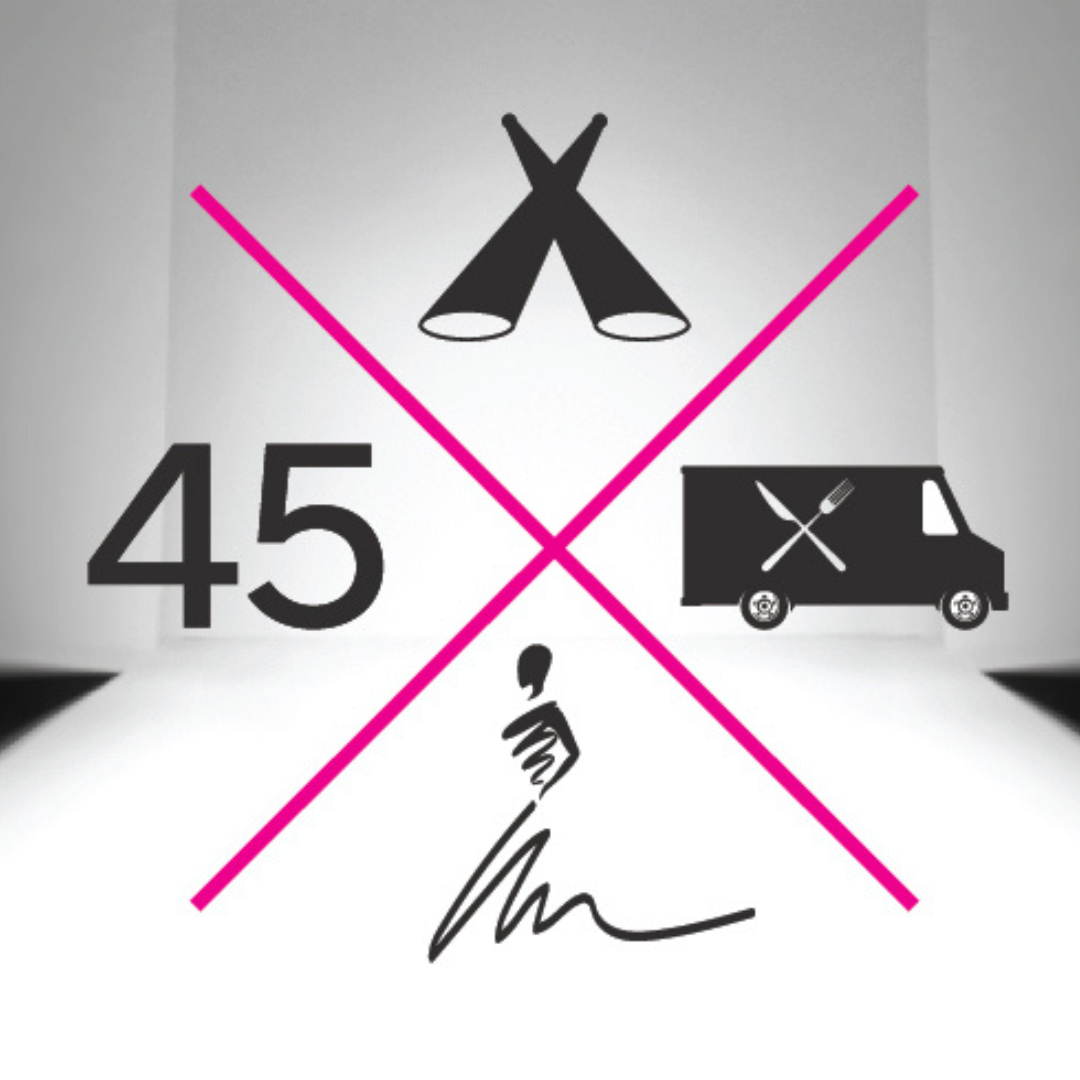
 Are you a water sports enthusiast looking to find a Stand-up Paddleboard, also known as SUP that is made just to fit your personality? Then you are on the right track. When choosing your new and first SUP you will need to check out some things that will guide you towards reaching your desired goal. Put into consideration the qualities you would want to find on your stand-up paddleboard, what you are going to use it for, and how your body feels while on the board. You will have to learn all there is to know about SUP boards before buying your first. Below are seven things you need to know before buying your first SUP.
Are you a water sports enthusiast looking to find a Stand-up Paddleboard, also known as SUP that is made just to fit your personality? Then you are on the right track. When choosing your new and first SUP you will need to check out some things that will guide you towards reaching your desired goal. Put into consideration the qualities you would want to find on your stand-up paddleboard, what you are going to use it for, and how your body feels while on the board. You will have to learn all there is to know about SUP boards before buying your first. Below are seven things you need to know before buying your first SUP.
1. Weight Capacity
If you are a beginner at surfing, paddling, or any other water sport that requires paddling, then you should consider a board that’s capacity is twice your weight. This helps to boost your stability and buoyancy. To know more about a stand-up paddle, it’s important that you go through SUP reviews as you’ll be provided with a handful of options. It doesn’t get any easier as there are so many SUP varieties to sift through. The initial investment will make or break your paddling experience. This is why you need to be meticulous when choosing a paddleboard.
2. The SUP’s Body Type
There are three main types of SUP hulls (body) on the market. One thing to note is that each board is tailored differently for different kinds of activities. Some of these include;
- Displacement hull or flatwater boards – these are a bit long and with a pointed nose that enables them to swiftly glide while slicing through the water. Such boards are best used for racing, fitness paddling, or SUP camping trips.
- Planing hull or surfing SUP boards – these on the other hand are shorter with a narrow nose and tail. The narrowness makes them easy to use when surfing on waves. They are best when used on whitewater, leisure paddling, SUP yoga, and general surfing.
- All-around boards – these boards are wider, thicker, and a little bit longer and are used for multiple goals. They are the best for beginners because of their thick, wide surface that offers stability which allows you to swiftly move while paddling.
The above types can be obtained in either solid or inflatable construction styles. Consider a style that will provide you with the best paddling experience.
3. Length
The length of your stand-up paddleboard also affects its performance and like their body types, they are made with specific lengths for particular reasons. The longer the board, the faster it will be. This is the theory behind each and every paddleboard and consideration to factor in when deciding on the best SUP. Shorter boards are mostly in the best surfboards category and probably the easiest to learn. Medium boards are multipurpose SUPs due to their body type and shape.

4. SUP Fins
Fins play a huge if not a major role in ensuring there’s stability and that you can move accurately on the water. Fins also help to create some form of traction, especially when paddling on rough waters. There are different types of fin construction on SUPs including small and big fins. Larger fins are more efficient in executing their role of tracking the board. On the other hand, short fins help you move easily.
They are all removable thus easy to store and carry around and replace if the need arises. Three fins set up, single fin just to mention a few are some types of setups that you can use for your board. Fins for inflatable SUPs are also available in the market.
5. Width
 You also need to inspect the width of a standup paddleboard when deciding on the right board. The width of the paddleboard has a role to play in the functionality of the board, meaning that when a board is wide enough, then you are sure to be stable. But then again, wider boards are slower compared to slim paddleboards. For your first SUP, however, this is the best option.
You also need to inspect the width of a standup paddleboard when deciding on the right board. The width of the paddleboard has a role to play in the functionality of the board, meaning that when a board is wide enough, then you are sure to be stable. But then again, wider boards are slower compared to slim paddleboards. For your first SUP, however, this is the best option.
6. The SUP’s Thickness
The thickness of your paddleboard affects weight capacity, weight distribution, and volume. This is very important if you want to use the board without the fear of flipping over. Once you have identified the length and width, you’ll want to check the SUP’s volume. The higher the volume, the more weight it can take. As you work on finding out the right volume, don’t forget to consider your weight as this will help to simplify the selection process.
7. Add-On Components
This simply means the extra things you might need to have on the SUP. When paddleboarding on the beach or lake, and depending on what you want to do on your stand-up paddleboard, there are features that can help to make it easier and at the same time, make your paddleboarding more exciting. Below are SUP add-ons that can help with your paddleboarding. They include:
- Anchoring options
- Fishing rod holder
- A camera holder adaptor
- Attached floating devices
And if you are up for a little land-based fun, surfskates may be just what you are looking for!
It may seem like a lot to remember at a go but it is important to have such information at arm’s length to avoid regrets in the future. The above tips will greatly help you make an informed decision on purchasing your first standup paddle. The right SUP will help you make great memories with friends and family.












































